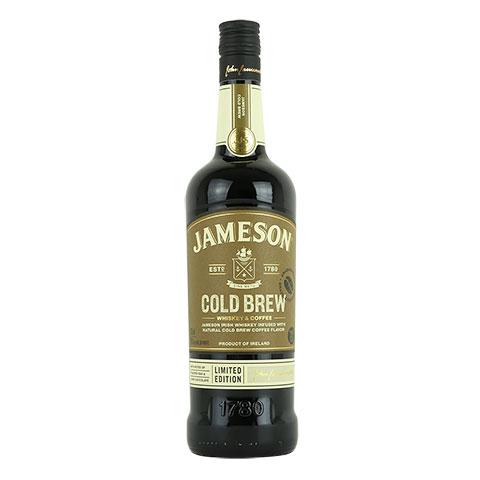

First, be sure both the wort and the yeast packets or starter are between 65 and 70 degrees Fahrenheit when pitched. If yeast were viable and the beer is still under attenuated, there are more steps to troubleshoot. Use it to check the viability of your yeast and pitch more packs if needed. This starter calculator by Jamil Zainasheff is the go-to tool for homebrewers. This activates the yeast cells, and they multiply, so by the time the mixture is pitched into wort, the little critters are healthy and ready to go. This is essentially a mini-fermentation with a small batch of wort and a pack of dry or liquid yeast. When fermenting more than one or two gallons of wort, the best practice is to create a yeast starter. There are a few reasons yeast stop or slow the fermentation process. Beer with a too-full body is most often a result of under-attenuation, meaning yeast were unable to convert the correct amount of fermentable sugars into alcohol and carbon dioxide. Pastry stouts aside, syrupy-thick, sweet beer is not usually a brewer’s intention. Be sure you’re pitching the correct amount of healthy yeast, and that your beer has a blow off tube or airlock so DMS can escape with CO2 and other byproducts. A very active fermentation can blow off DMS just like the boil. The last chance to push DMS out of your beer is during fermentation. The quicker your wort is cooled to 70 degrees and below, the less SMM will turn into DMS. When wort is warm, but not boiling, SMM is still converting to DMS but not being released into the air. The best way to keep DMS levels low after a vigorous boil is to cool quickly. If a lid is left on, or if condensation drips back into the wort, DMS won’t escape. It is imperative that the kettle is uncovered during boiling and cooling. If you’re experimenting with less modified malts, like floor-malted pilsner or an especially large or high-gravity batch, opt for a 120-minute boil. A 90-minute boil with well-modified malts will kick that corn stench to the curb. DMS is a volatile compound that is easily blown off with a vigorous boil. It takes a few simple steps to prevent a pint of corn aroma: Pilsner malt is almost always the culprit when it comes to DMS. Only the very lightest malts - those that spend the least amount of time being kilned - still contain SMM by the time a brewer is using them. DMS forms from the precursor S-methylmethionine (SMM), a compound in barley that is mostly driven off during the malting process. When beer smells like corn (and hasn’t been brewed with it), the problem is dimethyl sulfide (DMS). In that case, it’s time to break out your cleaning and sanitizing gear and start a new batch of beer. If diacetyl is present at the same level or has increased since the last test, you’re likely getting it from contamination as opposed to acetolactate conversion. You want all of the acetolactate to convert before bottling, so to make sure this happens, raise the fermentation temperature and rest it there for about two days, then test again. If the warmed glass has a stronger buttery aroma, all of the acetolactate has not yet been converted into diacetyl and reabsorbed by the yeast. One glass at a time, remove the foil and take short sniffs to inspect for a buttery quality. Next, cool the heated sample to room temperature (~68 degrees Fahrenheit) with an ice water bath. Hold it at that temperature for at least 20 minutes. Set one covered glass aside, and place the other in a water bath that warms the beer to about 150 to 160 degrees Fahrenheit. The science-y name is a vicinal diketone (VDK) test, but don’t be intimidated! All you have to do is fill two glasses with homebrew and immediately cover each tightly with foil. One way to avoid this is to perform a simple test. But when beer containing that precursor gets hot, like in the trunk of a hot car on the way to a competition or your friend’s house, it will convert into buttery diacetyl through oxidation.

The precursor of diacetyl (Ahoy! Science words ahead) is acetolactate, which is flavorless in beer. If present, it can continue to develop in your beer over time, especially when pulled off a home kegging system. It tastes like butter.ĭiacetyl, a chemical compound that has a similar flavor and mouthfeel to butter, is a unique off flavor.

Here are four reasons your homebrew is subpar, and what you can do about it. However, if you’ve noticed your friends don’t quite finish their pints, or give a generic, “It’s good!” when you ask for feedback, you may be running into one of these very common mistakes. One of the best parts of being a homebrewer is sharing your beer.


 0 kommentar(er)
0 kommentar(er)
